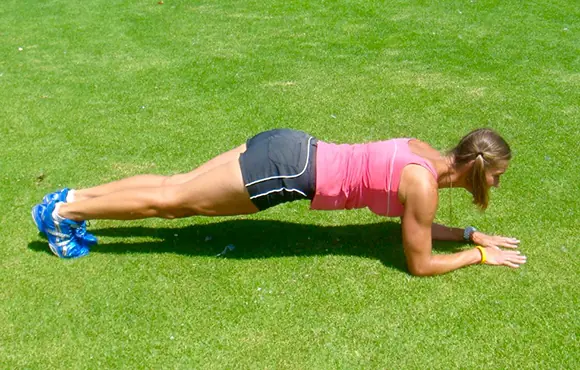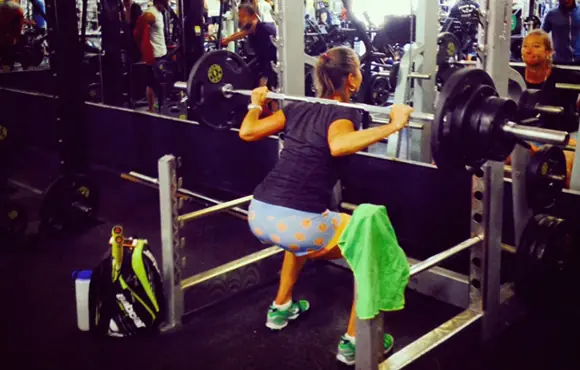Players use four basic single-handed grips: Continental, Eastern, Semi-western and Full Western. Each of these grips has advantages and disadvantages. Ultimately, the player needs to use a grip that provides a blend of consistency, control and power for his or her style of play.
Here are the four basic grips used in tennis and how each is performed.
Continental
The continental grip was once the universal grip used to hit forehands, backhands, speciality shots, volleys and the serve. It originated on the soft, low bouncing clay courts of Europe. Although it has been superseded in today's game, it serves as the foundation grip for the volley, serve and overhead for most players.
Forehand—As tennis has evolved, the continental forehand grip has become the least favorite grip. I generally don't recommend it as a forehand grip because it requires an exceptionally strong forearm and impeccable timing.
Backhand—This grip is used less often today to hit the power backhand. Though effective for producing a slice backhand, the continental grip does not provide the strength or stability in the racquet head to handle powerful groundstrokes from an opponent. It is difficult to produce topspin, and I recommend it only to players who are learning to slice.
Volley—The continental grip is my preferred grip for teaching the volley to advanced players. The continental grip does not require a grip change, and it offers the most support to the wrist when hitting forehand and backhand volleys. In today's game, it is the preferred grip for most top professionals. This grip allows the net player to excute the serve, overhead and forehand and backhand volleys without changing grips.
- 1
- of
- 2









Discuss This Article